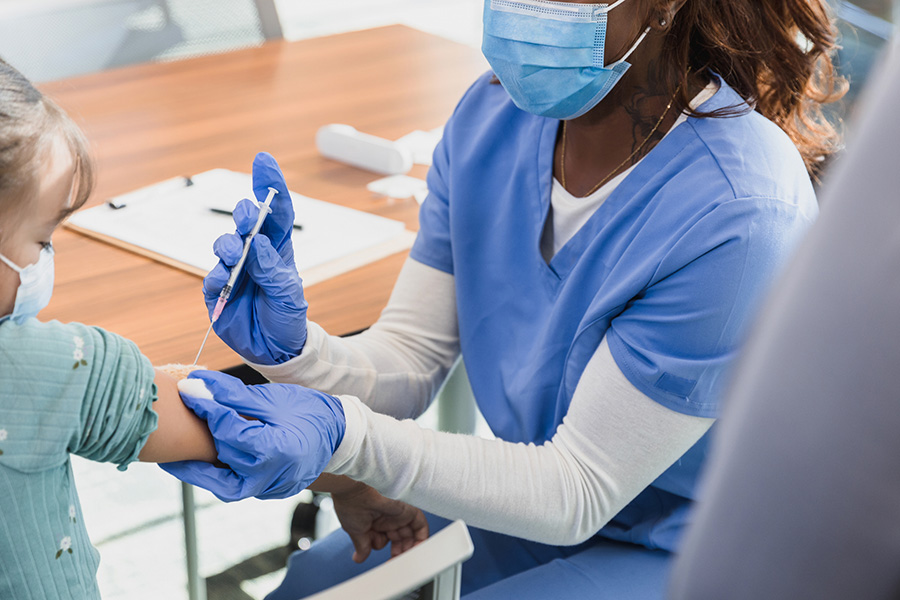The cascade effect of food insecurity starts small. A patient skips a dose of medicine, not because they forgot, but because they can’t spare the gas money to pick up their prescription after paying for groceries. The food they can afford is cheap, shelf-stable, and high in sodium or sugar. Over time, it worsens their blood pressure or blood sugar. They start missing appointments because their car breaks down, or they can’t take time off work. What began as a food issue quickly becomes a health issue.
Download Free Tools and Resources

Sign up to receive our weekly newsletter and get all the latest news and updates, including the most recent episode of AFMC TV, right to your inbox!






